Soluciones
La gama de negocios de construcción de caballos se extiende a todo el mundo y sirve a miles de clientes con productos, orientación técnica especializada en construcción, y somos testigos del reinicio de la marca china con ellos.
The advanced composite materials have the advantages of corrosion resistance, light weight (1/5 to 1/4 of the bulk density of steel), high strength (the strength is higher than the high strength steel wire or the equivalent).
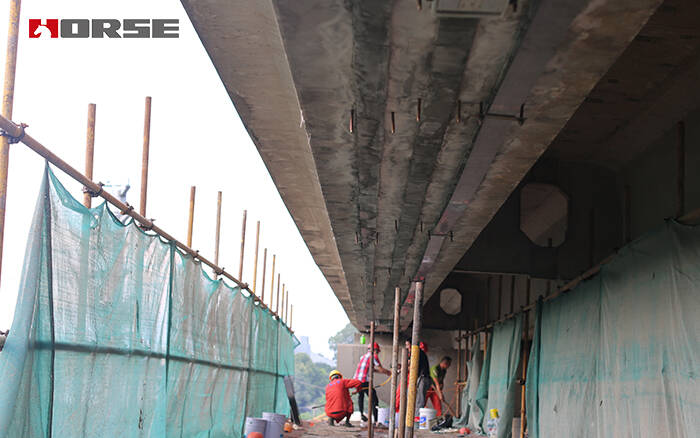
The development of modern traffic has put forward higher requirements for the quality and service life of bridges. Steel corrosion is a major threat to the safety and durability of bridges. People have explored many antirust measures, but the effect is not satisfactory.
The advanced composite materials have the advantages of corrosion resistance, light weight (1/5 to 1/4 of the bulk density of steel), high strength (the strength is higher than the high strength steel wire or the equivalent). In order to solve the problem of bridge corrosion, in the last more than 20 years, people have turned their eyes to new materials. The research and development of advanced composite material construction technology have been paid much attention, and practical results have been obtained.
It is expected that in twenty-first Century, with the technological progress, scale production and the decrease in cost of advanced composite materials industry, the scale of its application in bridge structural engineering will be expanded continuously, and the bridge structure will be raised to a new level.
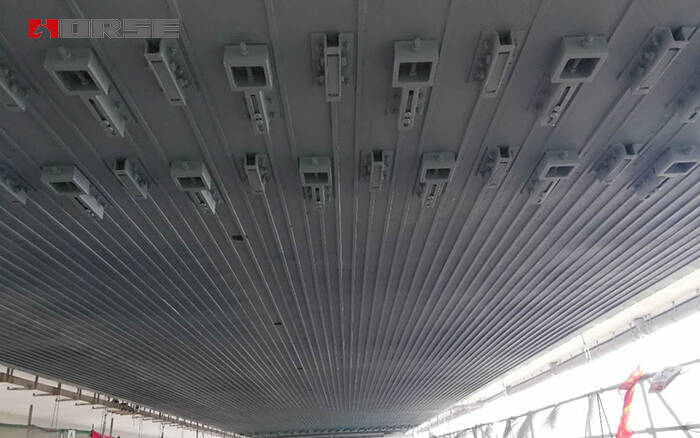
The main advanced composite materials
Carbon fiber reinforced polymer(CFRP) wrap
Prestressed FRP laminate
Basic properties of advanced composite materials
1. The intensity is high. The tensile strength of composite tendons made of S glass fiber, aramid fiber and carbon fiber is higher than that of high strength steel wire. The tensile strength of the composite tendons made of E glass fiber is close to that of high strength steel wire.
2. Corrosion resistance. The life of fiberglass composite pipes is two times that of steel pipes and concrete pipes.
3. The strain relationship is linear until the break is broken.
4. Modulus of elasticity. The tensile modulus of carbon fiber composites is higher than that of steel, but the tensile modulus of the aramid and glass fiber composites is only half and 1/4 of the steel.
5. Fatigue characteristics. The fatigue strength of carbon fiber and aramid fiber composite is higher than that of high strength filament. The fatigue strength of E glass fiber composite is between the common steel wire and high strength steel wire. Under the action of alternating stress, the fatigue limit of metal materials is only 30% to 40% of the static loading strength. The composite material has a high fatigue limit, which is about 70% to 80% of the static load, and there is a significant sign of deformation before the damage.
6. the bulk density is light. About 1/5 to 1/4 of steel.
7. anisotropy.
8. electromagnetic neutrality.
9. The performance at high temperature is the same as that of prestressed steel wire.
Puede encontrar cualquier cosa que necesite, confíe en probar estos productos y encontrará la gran diferencia después de eso.
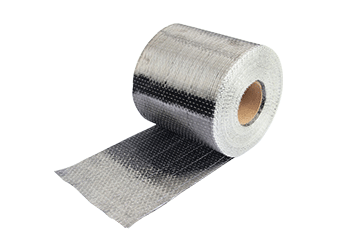
Tejido de fibra de carbono unidireccional de alta resistencia para refuerzo de compuesto de polímero reforzado con fibra (FRP).
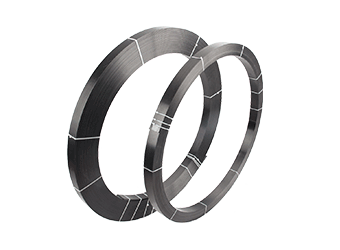
Lámina de fibra de carbono pultruída para reforzamiento de estructuras
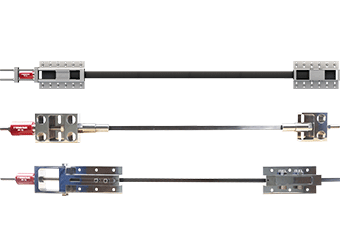
Placa / laminado / banda de polímero pretensado reforzado con fibra de carbono (CFRP) para la losa, refuerzo del haz